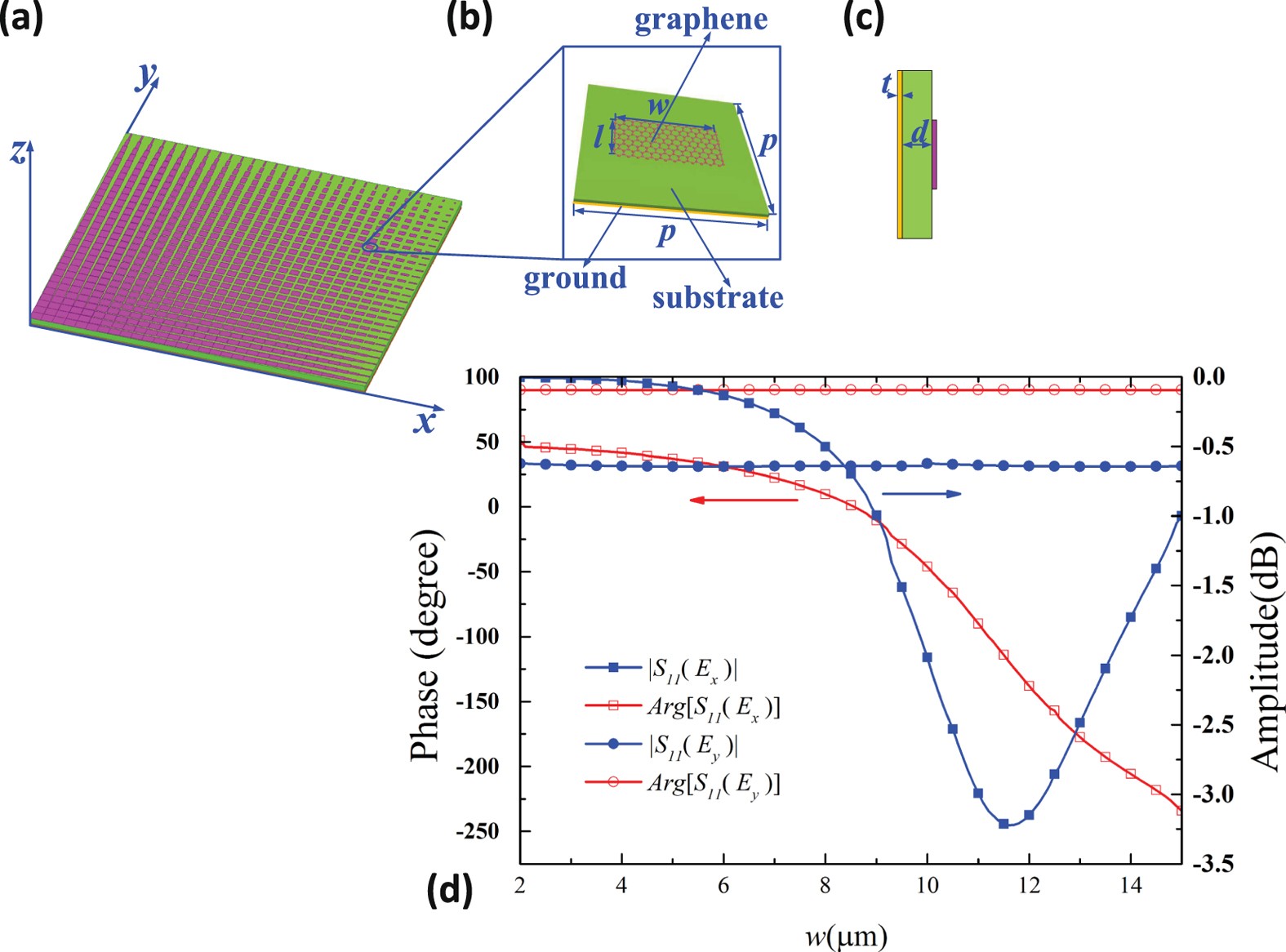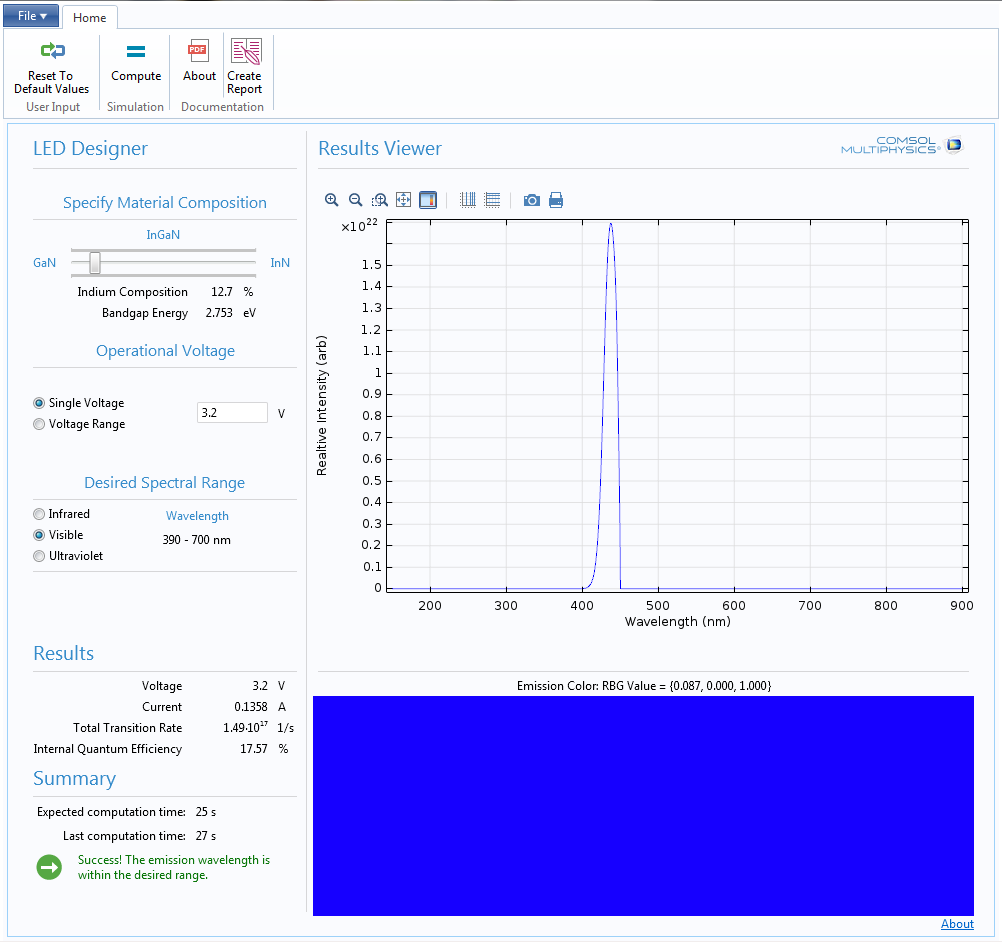


6.5 Solution of the Equations of Motion in Cylindrical Coordinates.6.4 Poiseuille and Couette Flows in Polymer Processing.6.3 Alternative Solution Using a Shell Balance.6.2 Solution of the Equations of Motion in Rectangular Coordinates.5.7 Newtonian Stress Components in Cartesian Coordinates.Differential Equations of Fluid Mechanics 4.7 Dynamics of a Bubble-Cap Distillation Column.4.3 Drag Force on Solid Particles in Fluids.2.7 Pressure, Velocity, and Flow Rate Measurement.2.5 Applications of Bernoulli’s Equation.1.4 Physical Properties-Density, Viscosity, and Surface Tension.1.3 Stresses, Pressure, Velocity, and the Basic Laws.1.1 Fluid Mechanics in Chemical Engineering.

Register your book for convenient access to downloads, updates, and/or corrections as they become available. The authors website ( ) provides additional notes, problem-solving tips, and errata.
#Comsol 5.1 presentation professional#
The author covers all material needed for the fluid mechanics portion of the professional engineers exam.

More than 300 end-of-chapter problems of varying complexity are presented, including several from University of Cambridge exams. Nearly 100 completely worked practical examples include 12 new COMSOL 5 examples: boundary layer flow, non-Newtonian flow, jet flow, die flow, lubrication, momentum diffusion, turbulent flow, and others. Microfluidics and electrokinetic flow effects, including electroosmosis, electrophoresis, streaming potentials, and electroosmotic switchingĬomputational fluid mechanics with ANSYS Fluent and COMSOL Multiphysics Non-Newtonian fluids, including inelastic and viscoelastic fluids Turbulent flows, showing how the k- method extends conventional mixing-length theoryīubble motion, two-phase flow, and fluidization Nearly unidirectional flows, from boundary layers to lubrication, calendering, and thin-film applications Laplaces equation irrotational and porous-media flows Viscous-flow problems, some including polymer processing Part II turns to microscopic fluid mechanics:ĭifferential equations of fluid mechanics Part I offers a clear, succinct, easy-to-follow introduction to macroscopic fluid mechanics, including physical properties hydrostatics basic rate laws and fundamental principles of flow through equipment. The chapter on turbulence now presents valuable CFD techniques to investigate practical situations such as turbulent mixing and recirculating flows. This third edition contains extensive coverage of both microfluidics and computational fluid dynamics, systematically demonstrating CFD through detailed examples using COMSOL Multiphysics 5 and ANSYS Fluent. Building on the book that earned Choice Magazines Outstanding Academic Title award, this edition also gives a comprehensive introduction to the popular COMSOL Multiphysics 5 software. Such knowledge is especially valuable in the biochemical, chemical, energy, fermentation, materials, mining, petroleum, pharmaceuticals, polymer, and waste-processing industries.įluid Mechanics for Chemical Engineers: with Microfluidics, CFD, and COMSOL Multiphysics 5, Third Edition, systematically introduces fluid mechanics from the perspective of the chemical engineer who must understand actual physical behavior and solve real-world problems. Since most chemical processing applications are conducted either partially or totally in the fluid phase, chemical engineers need mastery of fluid mechanics. The Chemical Engineers Practical Guide to Fluid Mechanics: Now Includes COMSOL Multiphysics 5


 0 kommentar(er)
0 kommentar(er)
